Identify the difficulties
Assoc. Prof. Dr. Le Trung Thanh - Director of the Department of Construction Materials (Ministry of Construction) acknowledged that currently, the demand for construction materials in our country is still very large because the national housing area is still low, the urbanization rate is only about 43%, the infrastructure system for transportation and energy is not complete. However, in recent years, the construction materials industry has encountered many difficulties, consumption output and revenue have both decreased, leading to the risk of stagnation in production and business activities of enterprises, job losses for many workers, affecting the development of the country's construction economy.
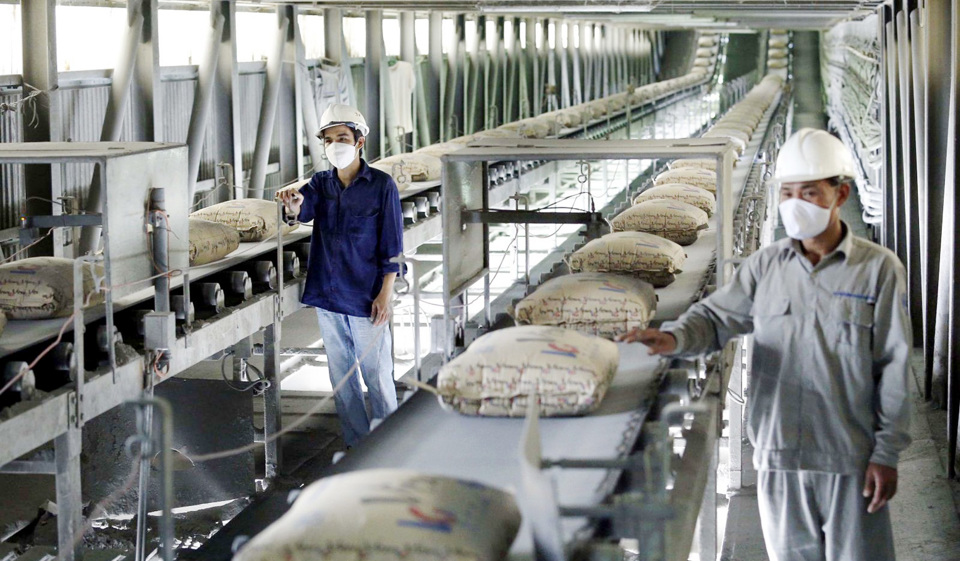
According to the Department of Construction Materials, for cement, coal fuel costs account for up to 50% of clinker production costs, but the scarce supply and high coal prices have caused production costs to increase by 11%. For tiles, coal costs account for 30% (an increase of 5% in production costs). From 2023 to present, clinker and cement consumption have both decreased. Total consumption in 2023 reached 87.8 million tons, equal to 88% compared to 2022. In 2023, domestic cement consumption reached only 56.6 million tons (equal to 83.5% of 2022), which is the largest decline ever in the cement industry.
The amount of exported clinker also recorded a large decrease. The total amount of exported clinker in 2022 was only 15.2 tons (equal to 52.9% of 2021) and continued to decrease to 10.9 million tons in 2023 (equal to 71.7% of 2022). By the end of the third quarter of 2024, the total output of cement and clinker consumed was about 66 million tons, an increase of only 1% compared to 2023. Export of cement and clinker products was about 22.4 million tons, an increase of 1% compared to 2023, with an export value of 0.83 billion USD, a decrease of 15% compared to 2023.
Regarding sanitary ware, fuel is usually coal gasification, FO oil, liquefied natural gas or liquefied gas, but the selling price has been constantly fluctuating according to the world market and has been on a sharp increase since 2022 when the Russia-Ukraine conflict caused many difficulties for the factory. In 2023, the output reached only 11.5 million products, equivalent to 92% of production output and decreased by 6.55% compared to 2022. The output in the third quarter reached 3.5 million products, the total for the first 9 months of 2024 was 8 million products (equivalent to 75% of production output) and increased by only 8% compared to 2023. Inventory by the end of the third quarter was 2.5 million products.
For construction glass, fuel costs account for more than 40% of total production costs, but supply is very scarce, prices have increased by about 5%. In 2023, the consumption of this material will reach 153 million m2, down 33% compared to 2022. It is estimated that by the end of the third quarter of 2024, the consumption of construction glass will reach 97 million m2 QTC (about 87.5% of production output), equivalent to the same period in 2023.
For unburnt construction materials, in 2023, the consumption output reached 4.8 billion QTC bricks, accounting for 20% of the total consumption output of construction materials. By the end of the third quarter of 2024, the consumption output reached 3.75 billion QTC bricks, equivalent to the same period in 2023. In addition, the average retail electricity price increased by 7.5% in 2023, leading to an increase in the production cost of cement products, tiles, and sanitary ware by 1%.
Raw materials such as limestone and clay (for cement) face difficulties due to licensing procedures when increasing the mining capacity of raw material mines to ensure production. The supply of auxiliary materials in clinker production is scarce and the cost is high. Regarding tiles, the main raw material is clay, which is still exploited manually...
Along with the pressure on environmental protection, climate change and the lack of mechanisms and policies to support construction material enterprises, especially cement enterprises, in investing in power generation systems using excess heat and using alternative materials such as ash, slag, artificial gypsum... waste from industries used as raw materials for cement production.
Associate Professor, Dr. Le Trung Thanh said that, along with difficulties in domestic consumption as well as export, currently, construction material manufacturing enterprises, especially cement enterprises, invest a lot of capital in production projects. In the initial stage of operating the factory, enterprises have to repay loans, plus high interest rates, leading to great pressure to repay both principal and interest.
"Due to very slow product consumption, many enterprises have had to stop some production lines, leading to financial cash flow to pay debts to banks and costs of raw materials and fuel for production being very difficult. Many construction material factories, especially cement factories, are producing inefficiently and at a loss, leading to bad debt" - Associate Professor, Dr. Le Trung Thanh said.
Need for extensive, effective solutions
From the above difficulties, many experts believe that the Government and ministries and branches need to review mechanisms, policies and institutions to encourage investment in the development of the construction materials industry quickly and sustainably, serving the production and business of enterprises, contributing to the socio-economic development of the country. There are solutions to restructure debt repayment terms, adjust and reduce the lending interest rate for customers, including enterprises in the construction materials industry according to the law. Issue preferential policies on the use of domestic waste, industrial waste, waste such as ash, slag, gypsum... as fuel, alternative raw materials in the production of construction materials. Strengthen measures on trade defense, technical barriers, anti-dumping for iron and steel products, construction materials products such as imported tiles, wood fiber boards, sanitary porcelain... to eliminate unfair competition and ensure compliance with the regulations of Vietnam and the WTO.
Associate Professor, Dr. Le Trung Thanh acknowledged that the current difficulties are also an opportunity to screen the capacity and efficiency of Vietnamese enterprises and construction materials products. In such a situation, enterprises, scientific and training organizations, professional associations, and state management agencies must focus on effectively implementing solutions in accordance with the Prime Minister's direction and international cooperation to improve productivity and quality...
On the business side, Deputy General Director of Vietnam Cement Corporation (Vicem) Dinh Quang Dung said that the State needs to encourage international cooperation to transfer advanced technology from developed countries, through technology cooperation and investment programs. Establish research and development centers for circular economy in the cement industry, support businesses in researching and applying new technology.
Along with that, organize training programs, scientific seminars and in-depth courses on technology to effectively implement the circular economy program. Build a system to monitor and inspect the implementation of greenhouse gas emission reduction measures, ensuring transparency and accuracy.
The construction materials industry is facing a difficult problem in exploiting the full capacity of production lines, especially construction materials. In particular, in the face of prolonged instability in the world, a sluggish real estate market, high transportation costs and raw material prices, increased import markets, and various taxes and fees, the consumption of construction materials is even more difficult.
Master Le Van Toi - Vice President of Vietnam Association of Building Materials
Source: https://kinhtedothi.vn/tim-huong-phat-trien-nganh-vat-lieu-xay-dung-hien-dai-ben-vung.html








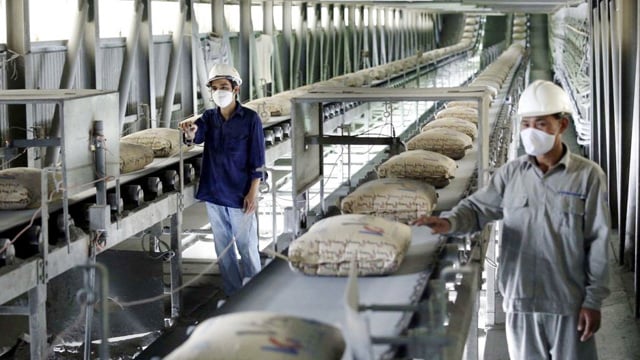
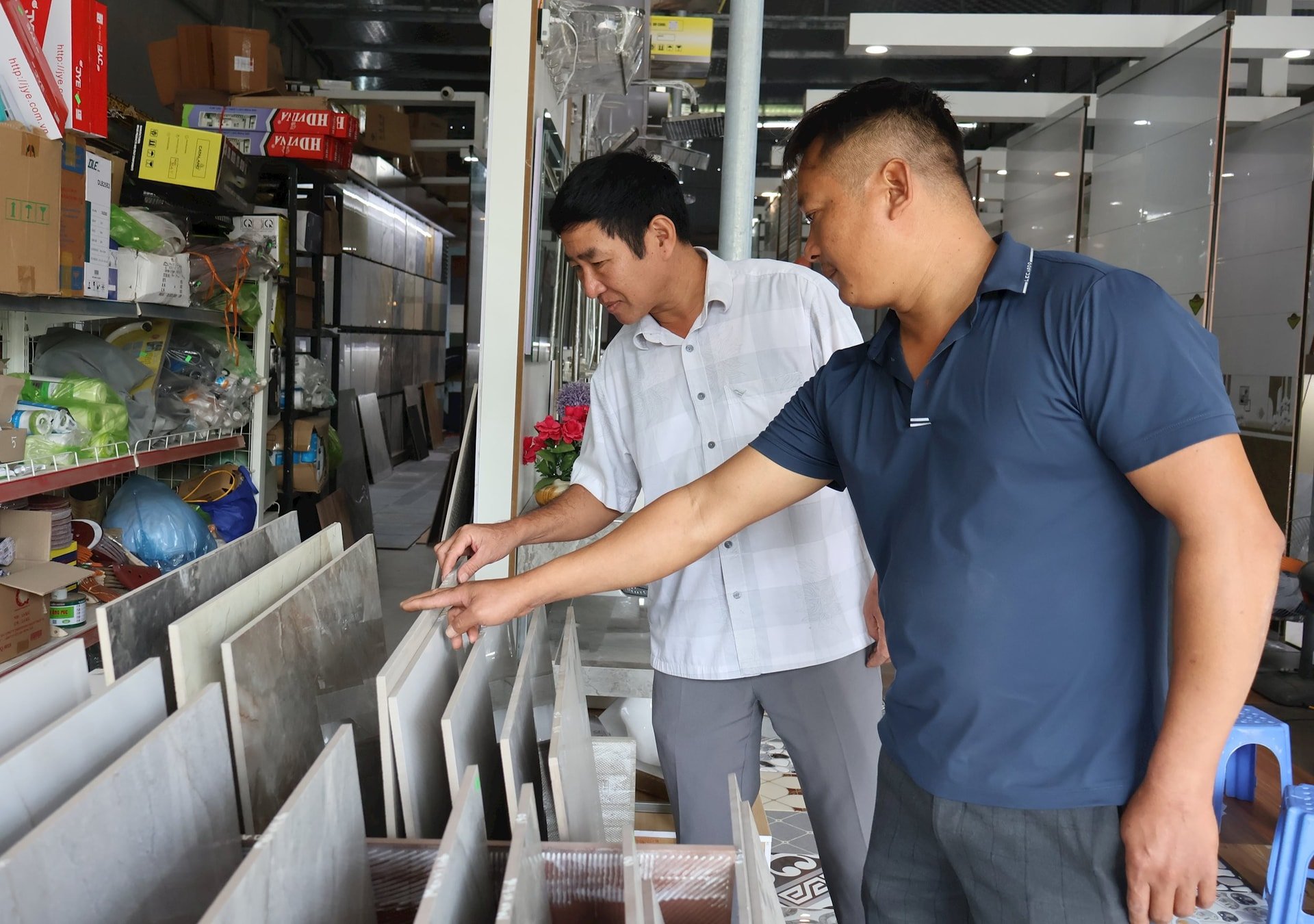

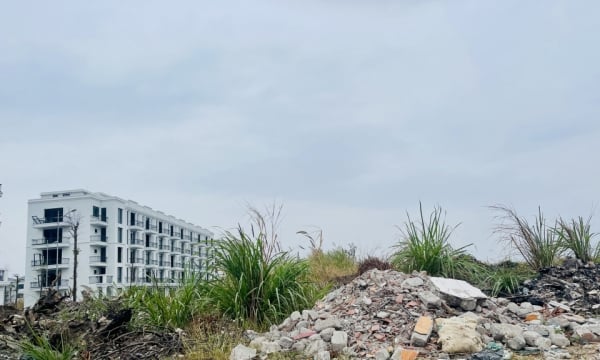
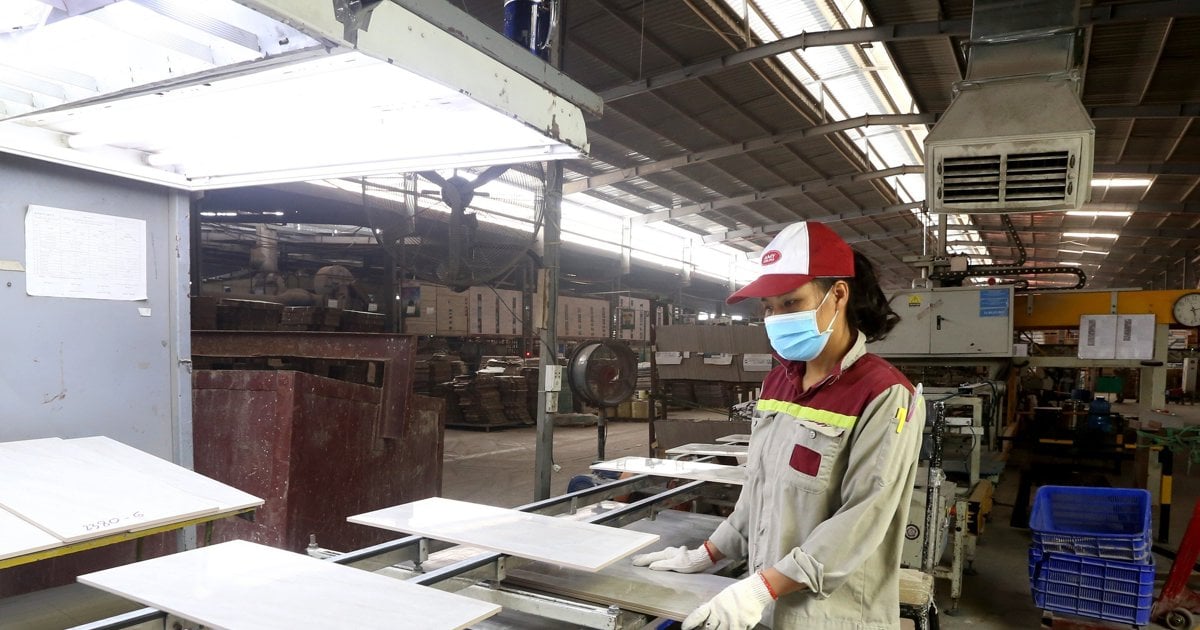
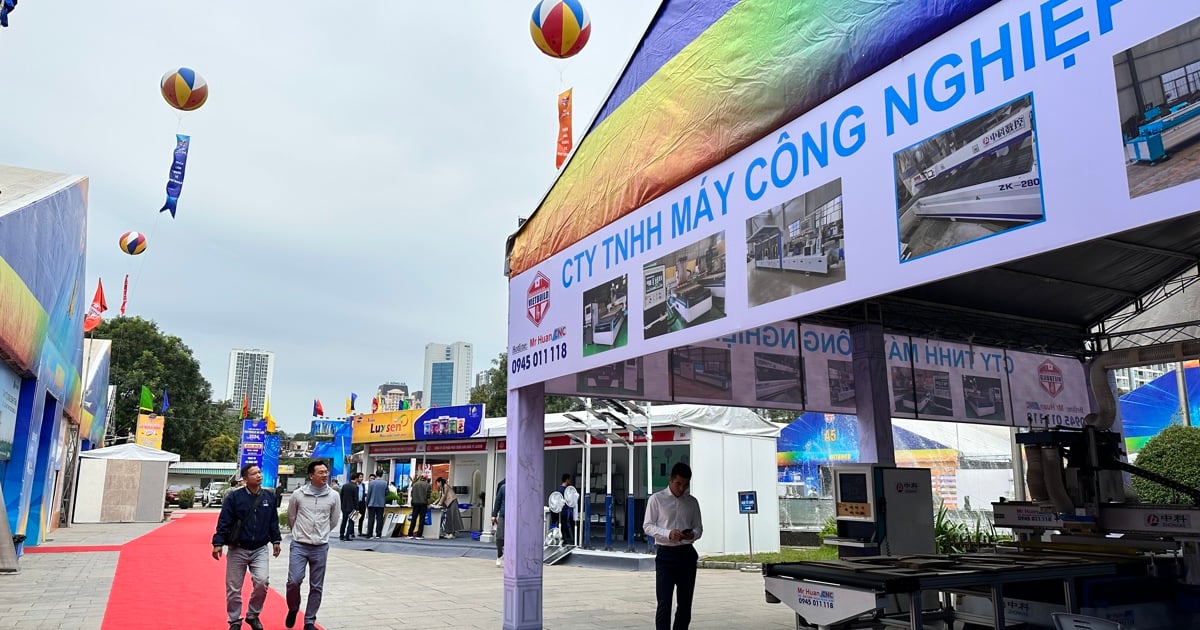



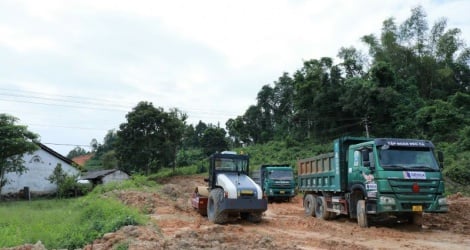




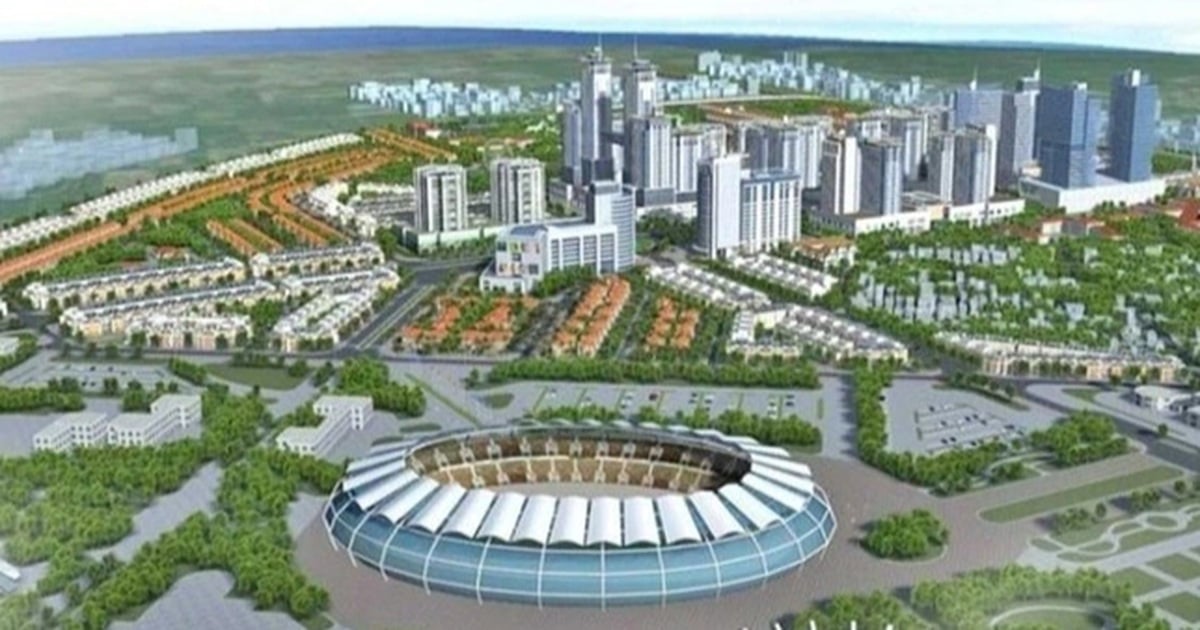

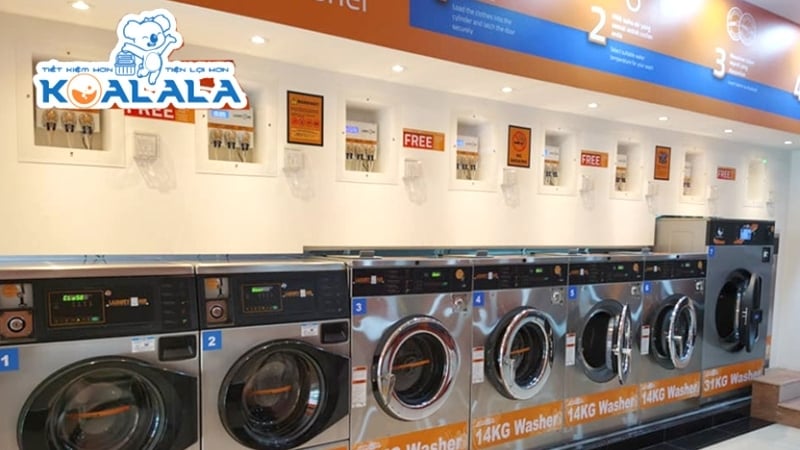
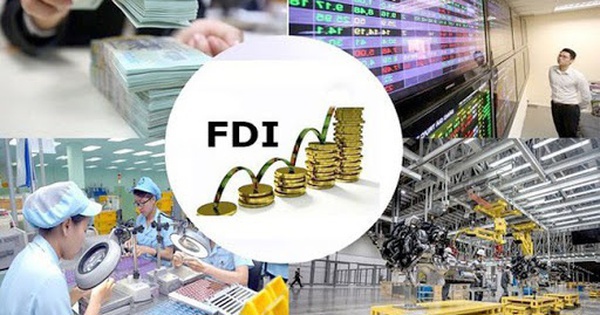



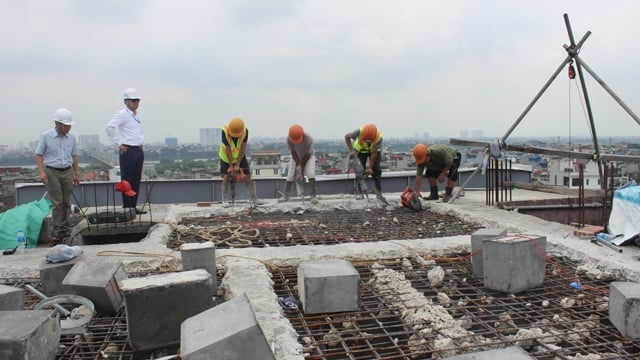

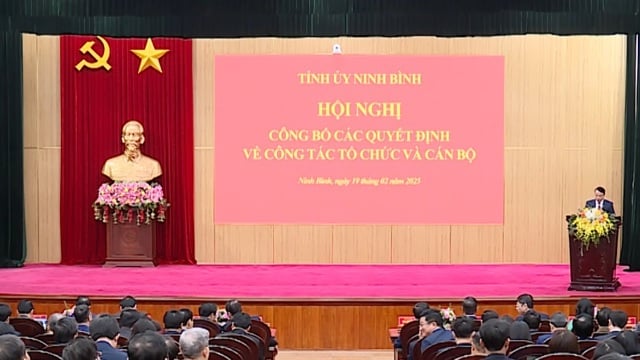











Comment (0)